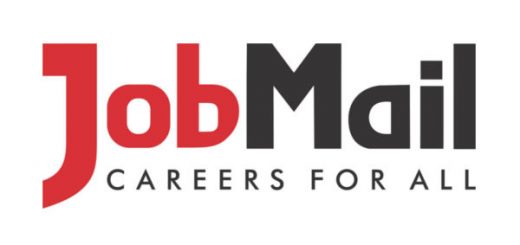Manage and improve poor performance
Are you wondering how to deal with poor performance in the workplace as an employer? If your team of employees is underachieving, there are numerous strategies you can use to get productivity back on track. Employee motivation is vital for office morale while employee training helps to upskill your team. Read our blog post to discover how to resolve the issue of poor performance.
Identify the causes of poor performance
The first step to resolving poor performance is to identify the reasons why your employees are underachieving. Assess the quality of their work and check whether their performance has been declining over time. Are your employees missing deadlines? Poor focus also contributes to inefficiency at work. The reasons for poor performance may include conflict between team members, excessive pressure, and bad working conditions. Emotional causes of underachieving may include a sense of exclusion or low self-esteem.
Personnel issues can also affect an employee’s performance in the office. Extreme underperformance may be due to misconduct, such as repeated absence from work. Once you’ve reviewed the employee’s work and identified the areas in which they are underachieving, you can schedule a meeting with your employee. Open communication is vital if you want to identify the cause of their poor performance. Take some time to make your employee feel comfortable and to ensure that they know that you are there to develop a strategy together so that they can reach their full potential at work.
You’ll need to discuss the issues that need to be corrected, identify solutions, and explain the consequences if the problems aren’t addressed. Once you’ve identified the causes of the problem, you can start developing a solution. If your employee’s workload is too high, you can reduce the quantity of their work or hire an assistant. Identifying other team members who can offer your employee support is also helpful.
How to address poor performance
Poor performance needs to be addressed immediately as the situation can escalate leading to larger problems. Make sure that you meet with your employee in private so that they aren’t embarrassed in front of other staff members. It’s more likely that you will be able to have an honest and productive meeting if there aren’t other people listening to your conversation. When you’re discussing poor performance, make sure that you use specific examples and that you stick to the facts. It is also essential to be clear when you are discussing solutions with an underachieving employee.
Employee training
When it comes to poor performance, employee training can help to boost productivity. You can avoid poor performance due to a lack of ability by conducting comprehensive assessments during the recruitment process. While additional training can advance an employee’s capacities, it is difficult to boost their performance if they’re not the right person for the job. High levels of effort without much improvement are an indication that employee training may be beneficial.
Providing opportunities for your employees to develop the skills that they need to perform tasks efficiently can greatly boost the productivity of your team. Seminars, computer-based training, and simulation activities provide excellent opportunities for employee development. University courses also play a role in employee training. Check that your employees have the resources and support that they need to perform efficiently. If training and resources don’t solve the problem, you could give your employee more tasks that suit their capabilities while reassigning the tasks that they find too difficult.
Employee motivation
Employee motivation is a vital aspect of the success of your team. You can improve motivation by creating an inspiring work environment that encourages your employees to succeed. Start by setting clear performance goals so that your employees know what is required of them. When employees understand what they need to achieve, it is easier for them address the areas where they need to improve.
Make sure that you provide your employees with the resources and training they need to meet the company’s expectations. A work environment that promotes open communication and collaboration helps to prevent underachieving. Provide accurate and constructive feedback frequently so that any areas that need to be improved can be addressed immediately. Feedback should include both areas of success and aspects of their performance that needs to improve. When employees know their strengths, it’s easier for them to overcome the challenges they are facing. Personalised rewards can play a role in employee motivation.
Now that you know how to address poor performance, you can use these strategies to boost the productivity and efficiency of your team. Ultimately, improved performance equates to elevated profits.











